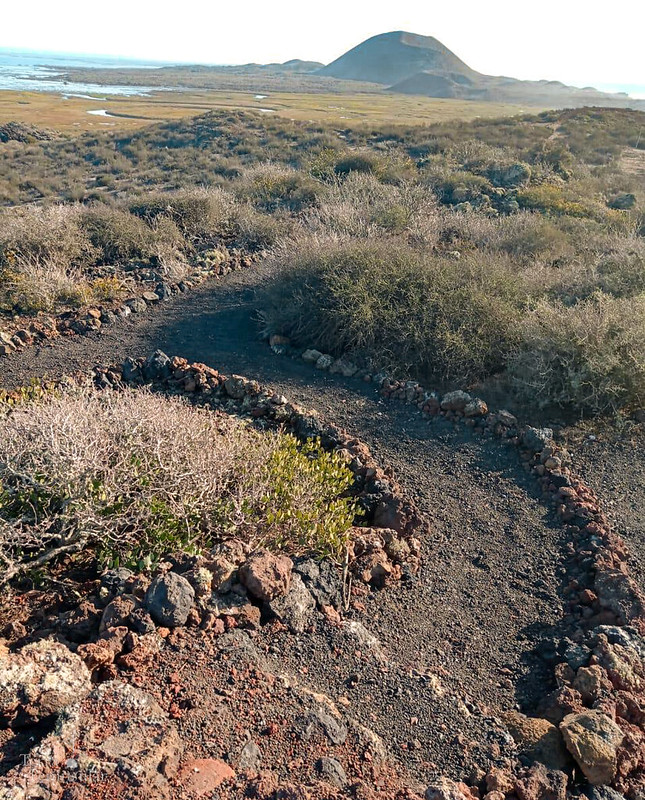This solution combines several actions to make the application of efforts in conserving a site more efficient. Habitat protection and management are framed in the territorial analysis of priority sites and the application of conservation instruments suitable for conservation and sustainability.
Through different instruments, site protection creates a legal basis for the adaptive management of the most critical areas for their biological value. Some of these instruments may be conservation agreements, land purchase, federal coastal zone concessions for protection in their own right, or collaboration to create Ramsar sites, sites of the WHSRN, Natural Protected Areas in different categories, Destination Agreements, among others. Collaboration is a guiding principle for this strategy, which is why we have a very close link with the authorities of the state of Baja California, with the municipal and local authorities in the ejidos and communities, as well as a strong collaboration link with the environmental sectors at all levels, such as SEMARNAT, CONANP, PROFEPA, and the General Directorate of Federal Maritime-Terrestrial Zone, among others. These collaborations have translated into thousands of hectares protected in Baja California, mainly in essential areas such as San Quintín.
We must protect the unique natural habitats present in habitats present in the Baja California peninsula and maintain natural beauty with the assurance of landscape and ecological integrity. All biodiversity conservation and protection efforts have a sound scientific basis; this guarantees credibility in our work and ensures that we are on the fundamental priority habitats. We believe it is appropriate to make the best use of resources available by working closely with other organizations that share common values and interests.
Something that makes us very proud is that the team that has remained at the forefront has achieved so many achievements, and we are still here. The fact that we are recognized nationally and internationally in land conservation. The work we do in Mexico can inspire Mexicans to conserve more, to encourage people who are just learning about protection and the value of nature, to develop a much stronger relationship with nature and through that relationship to take action to conserve land, whether it is through donations, talking with their families, or through the conservation of land. Through that relationship, take action to preserve land, whether through donations, talking to their friends, or creating new conservation projects.
